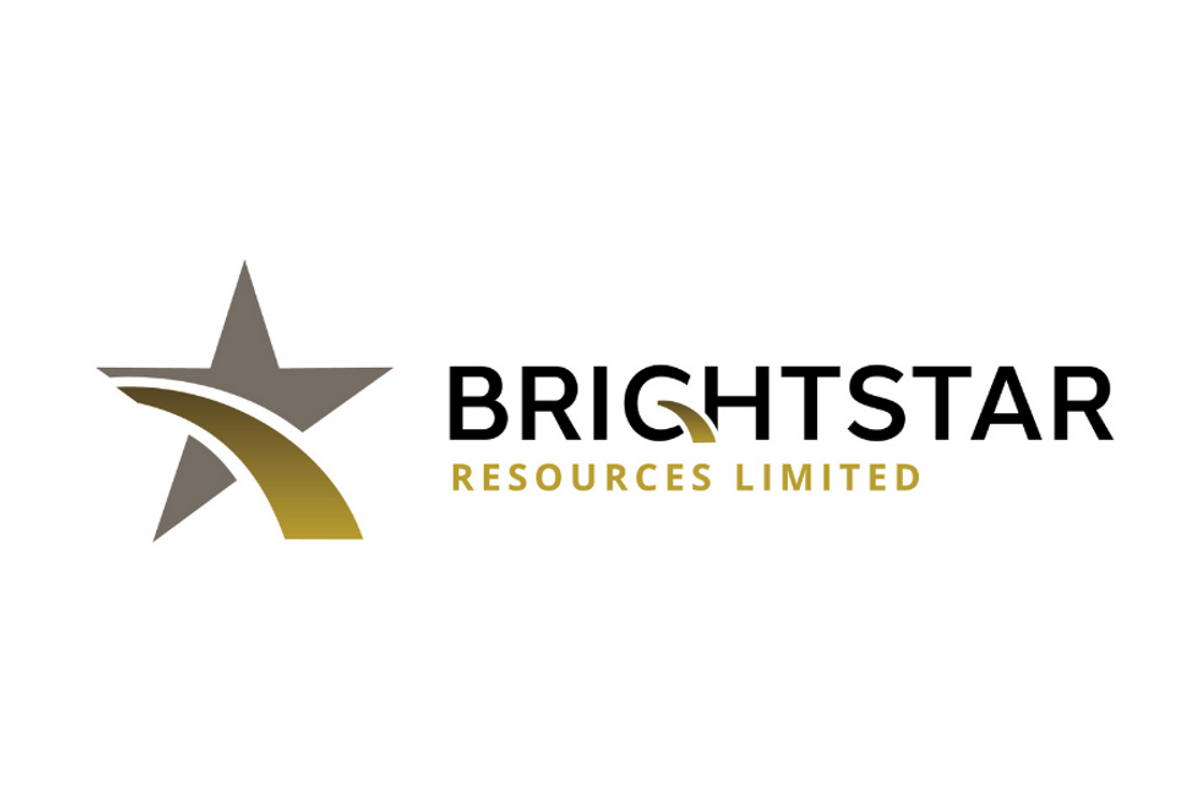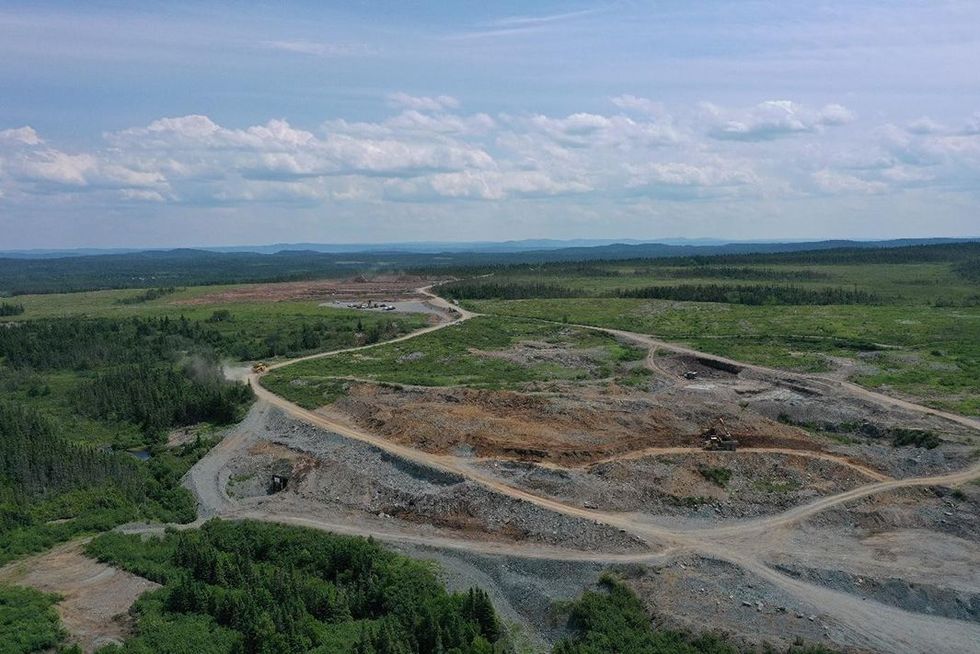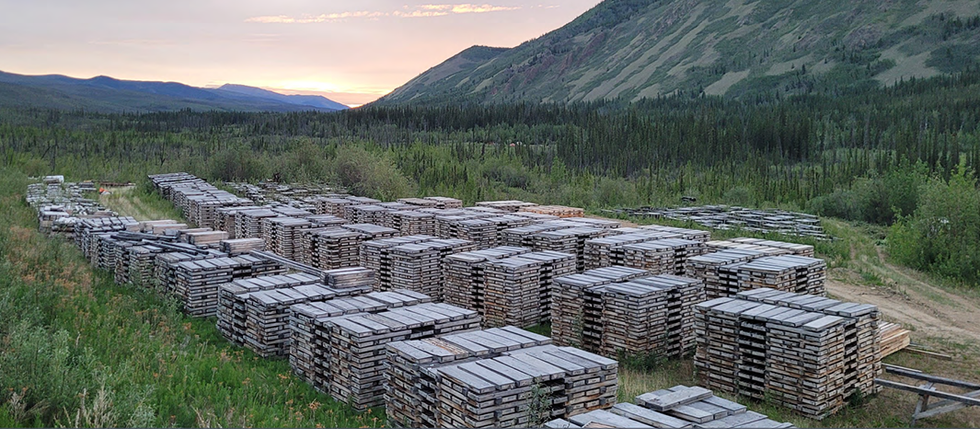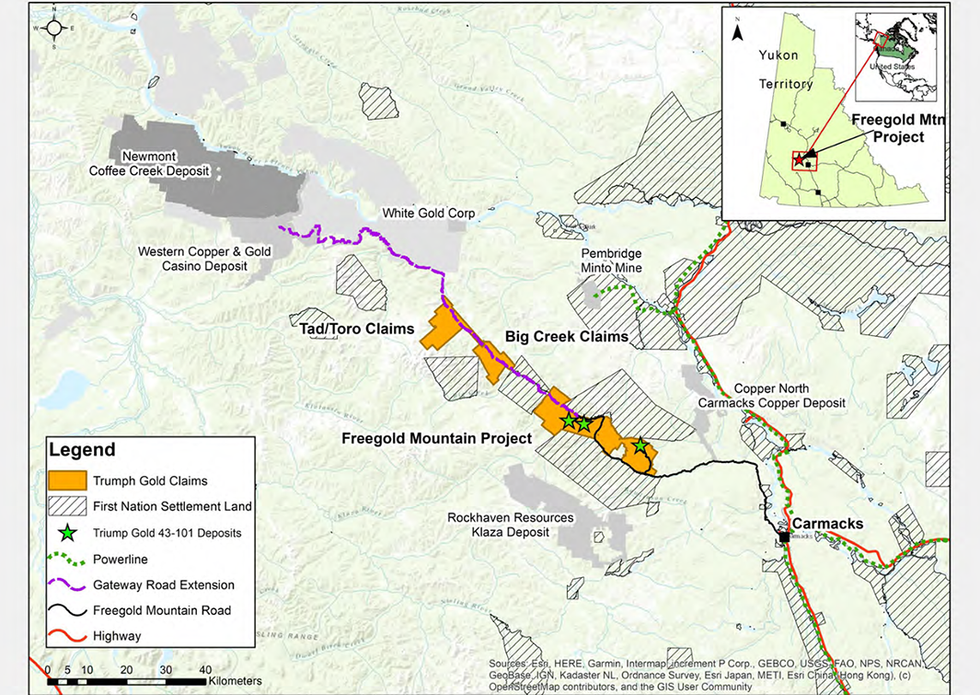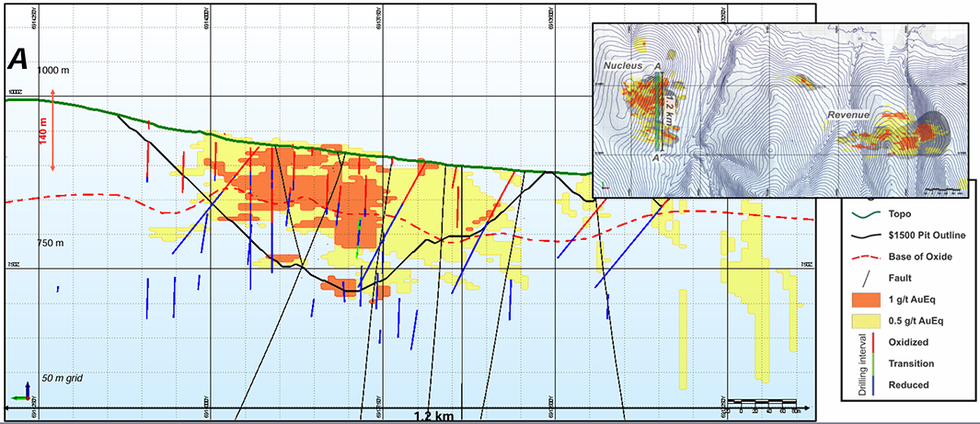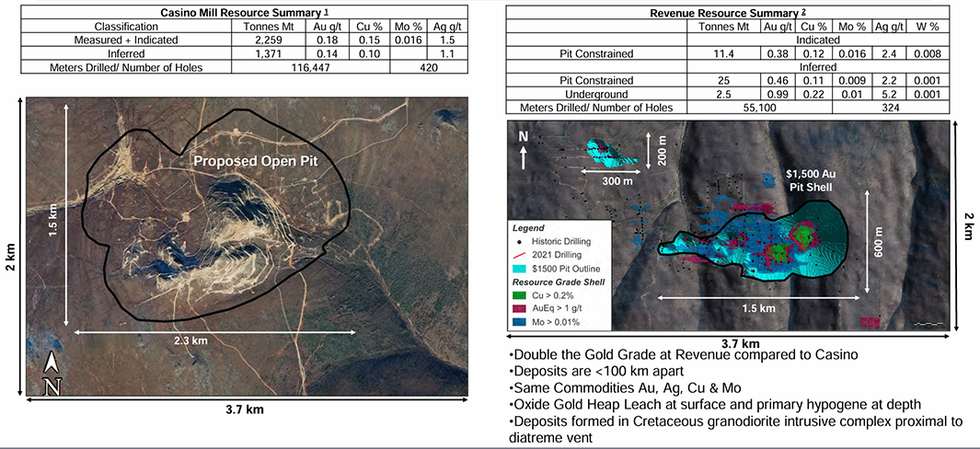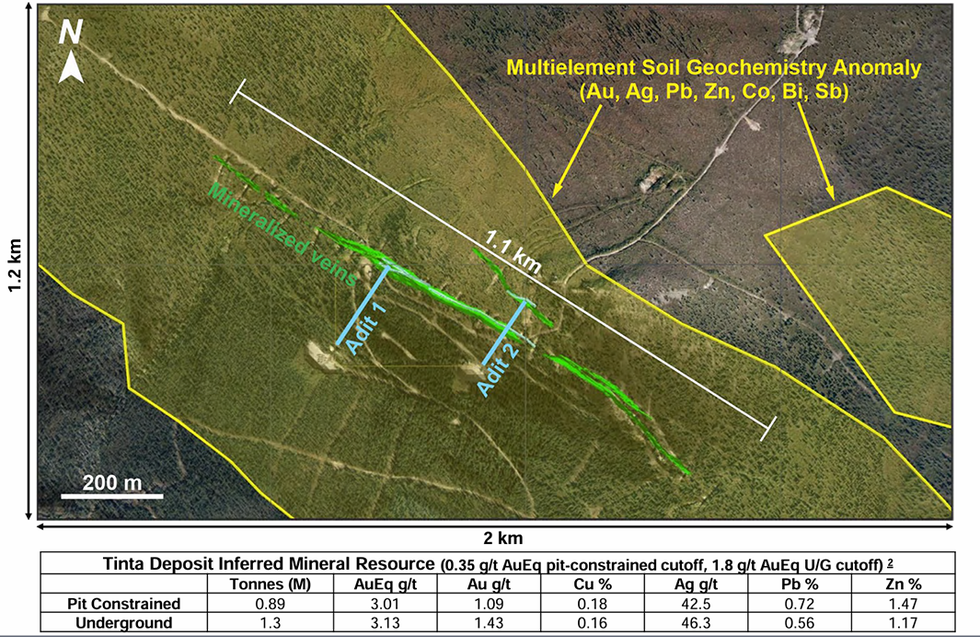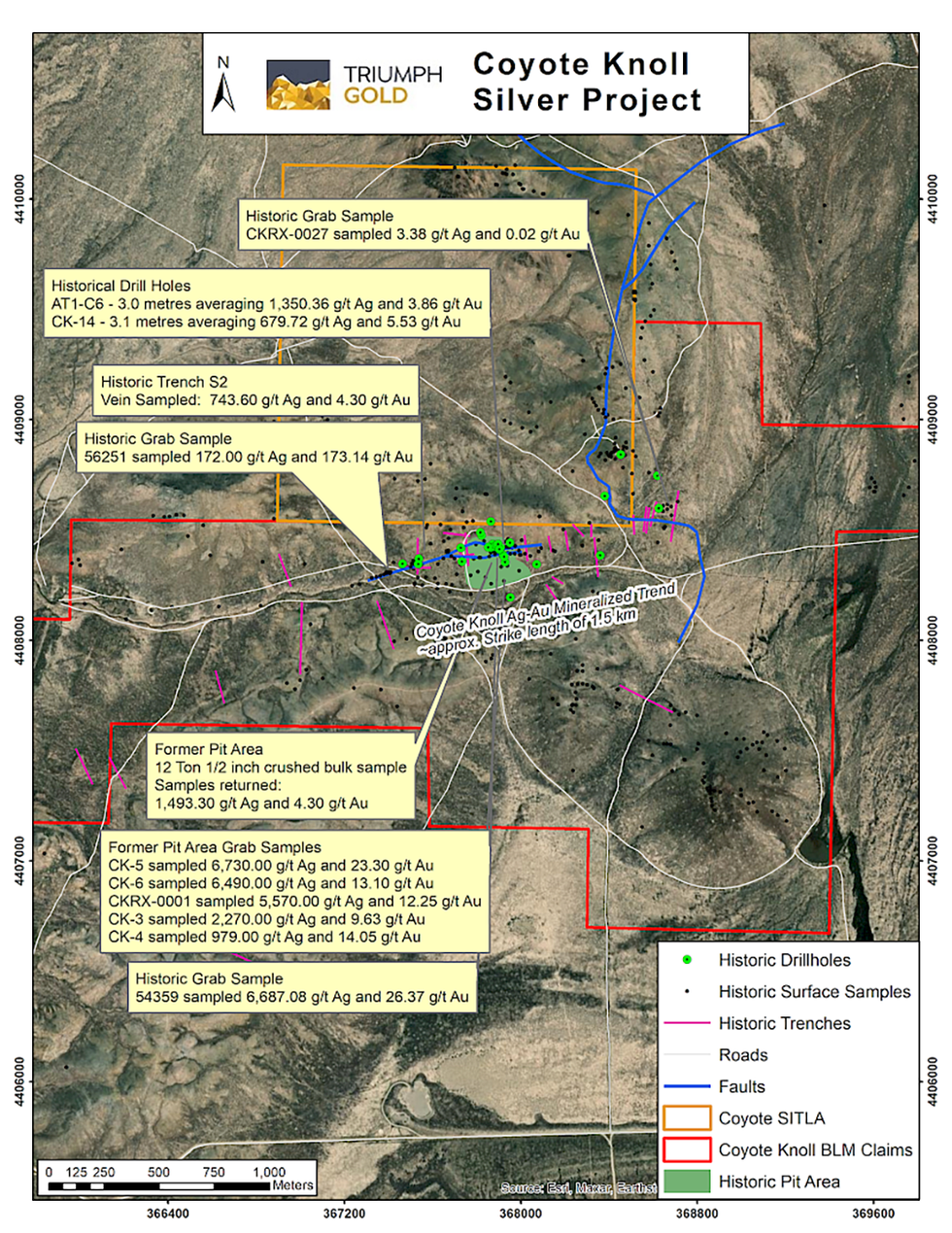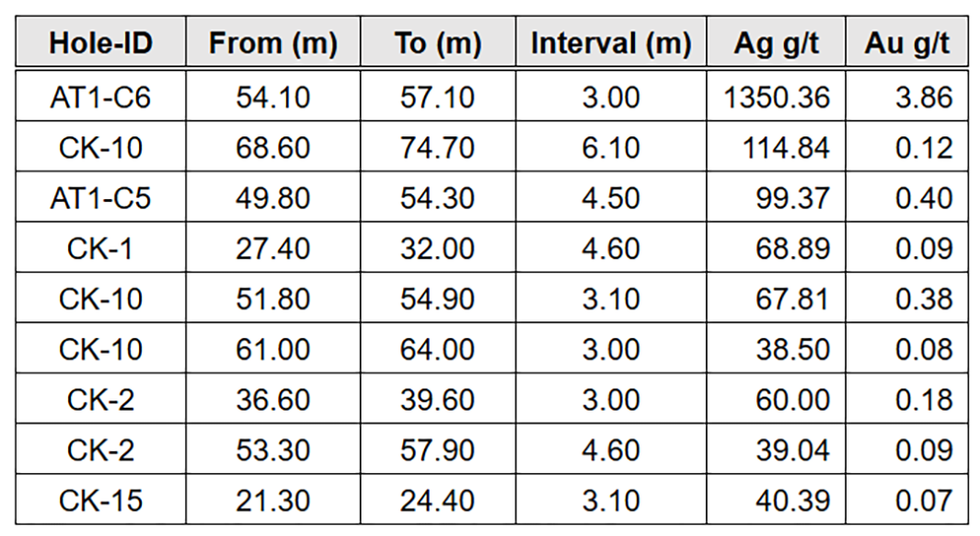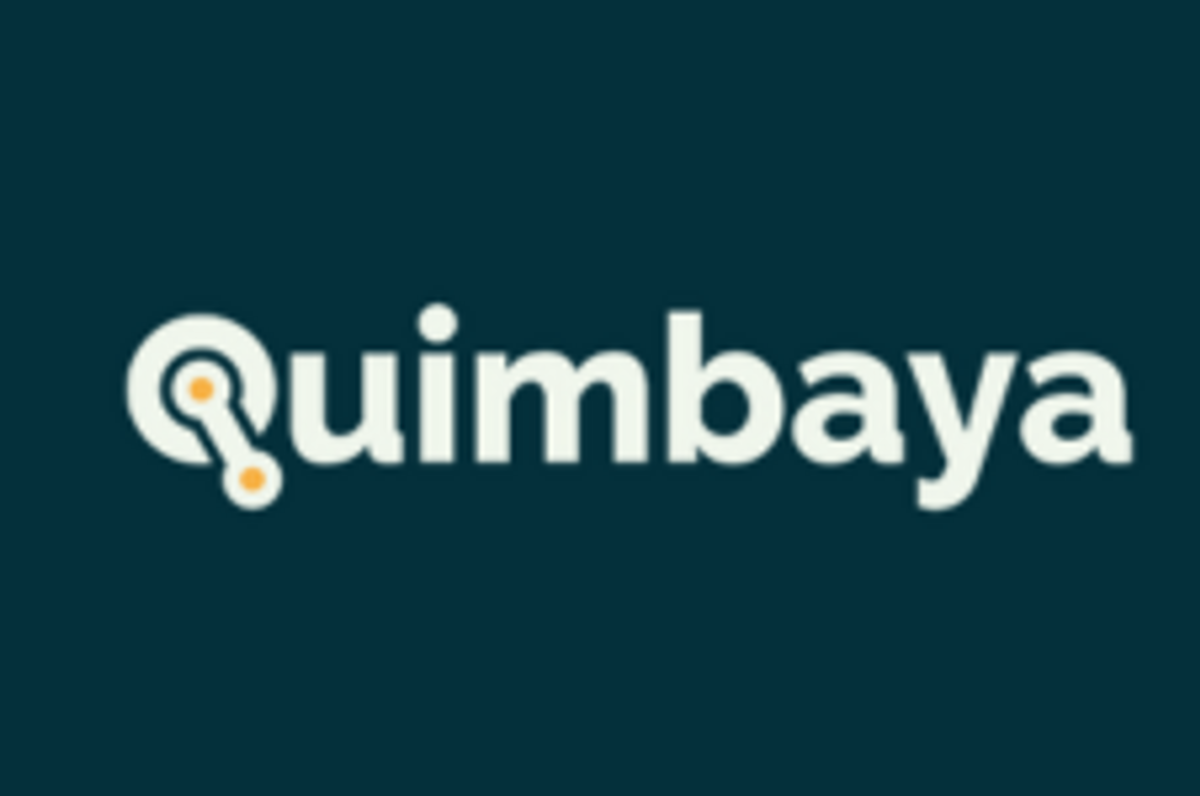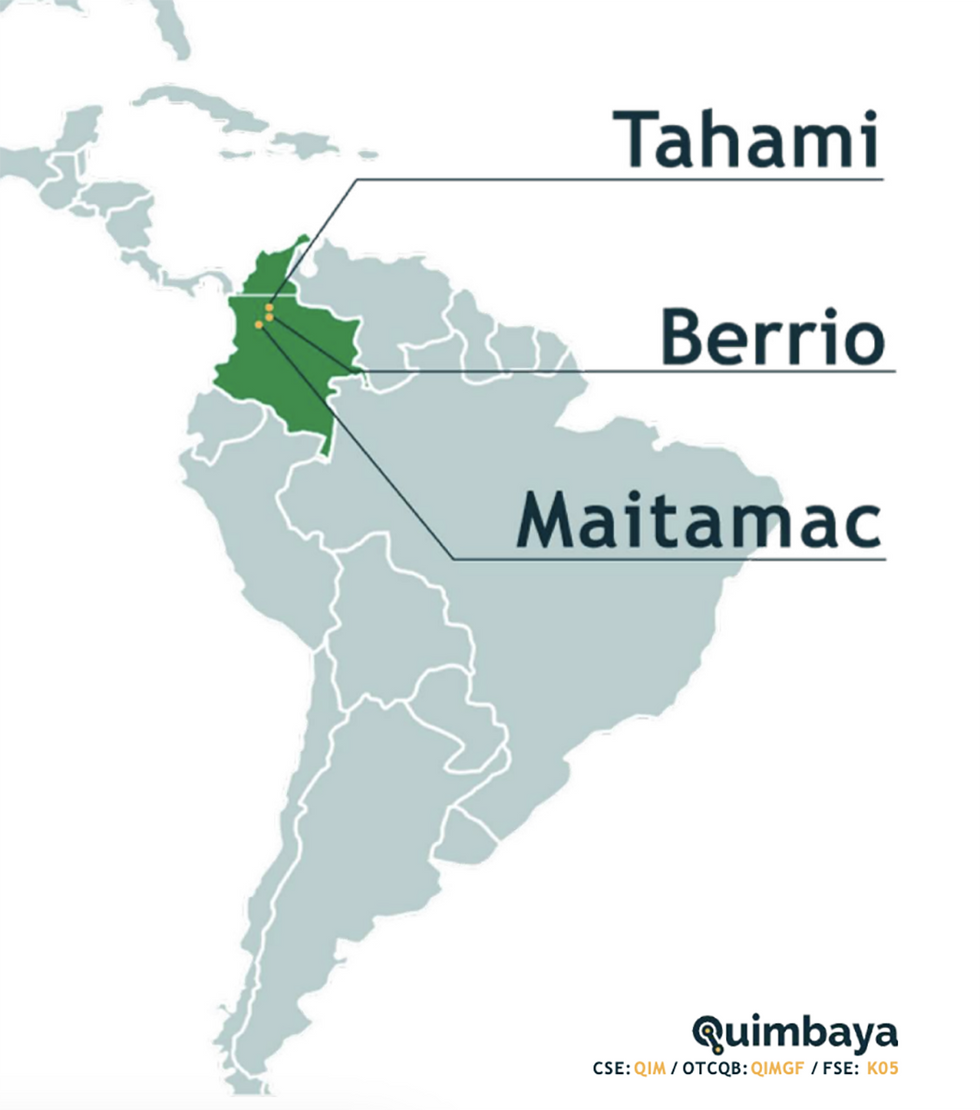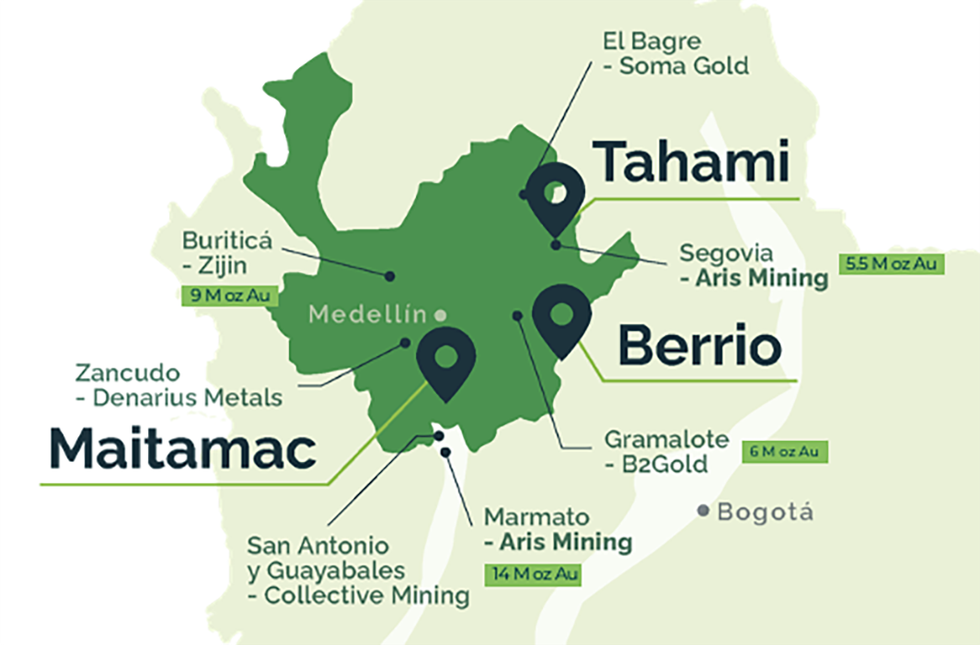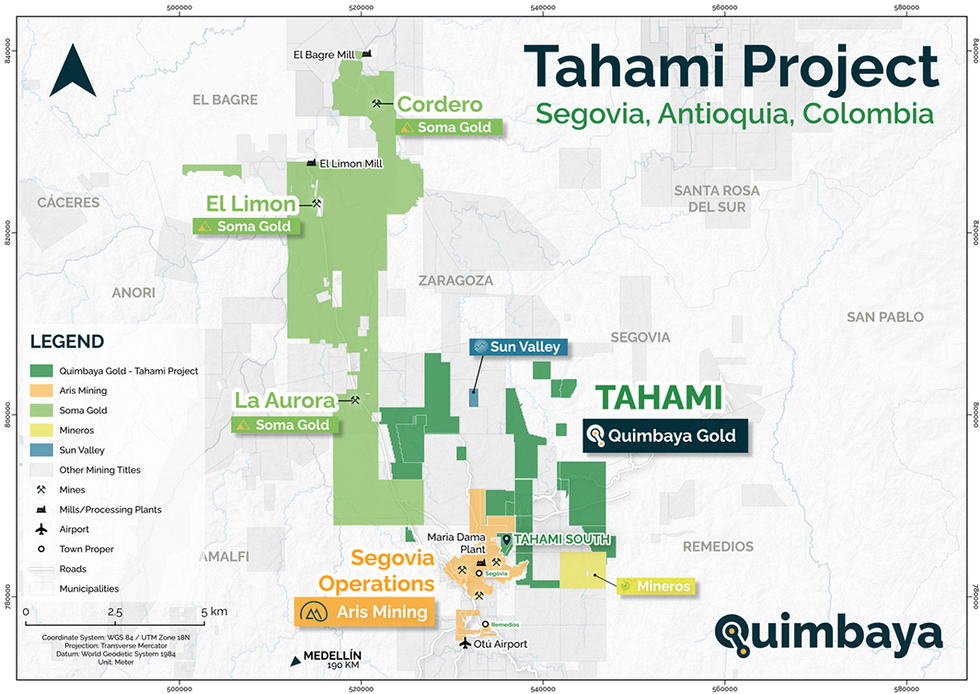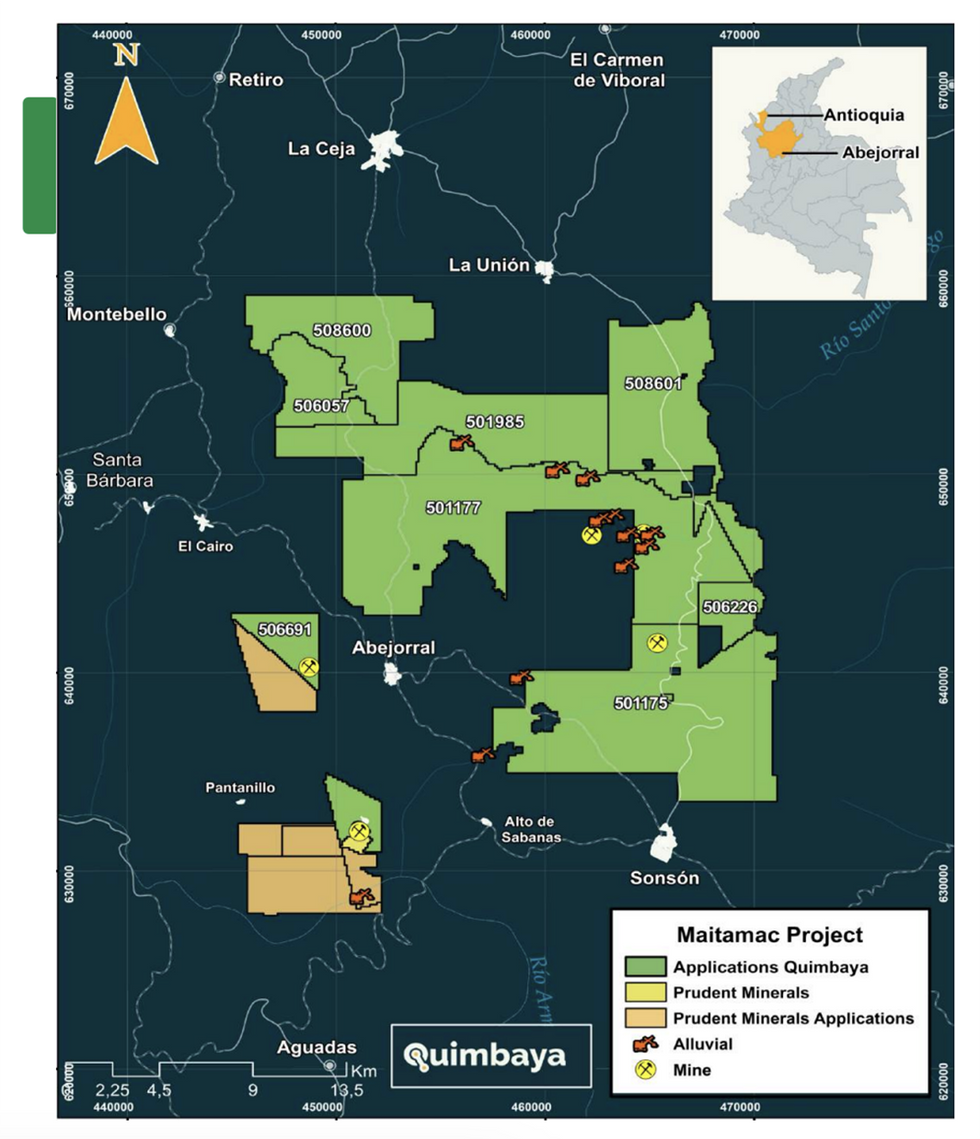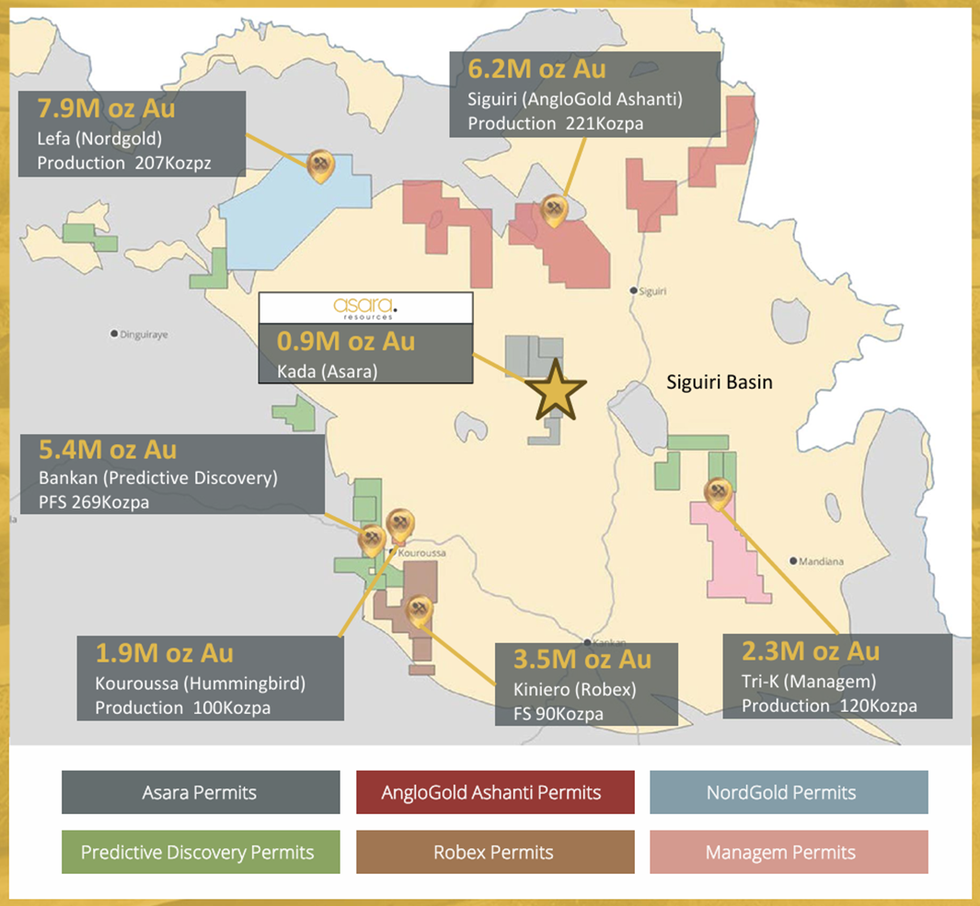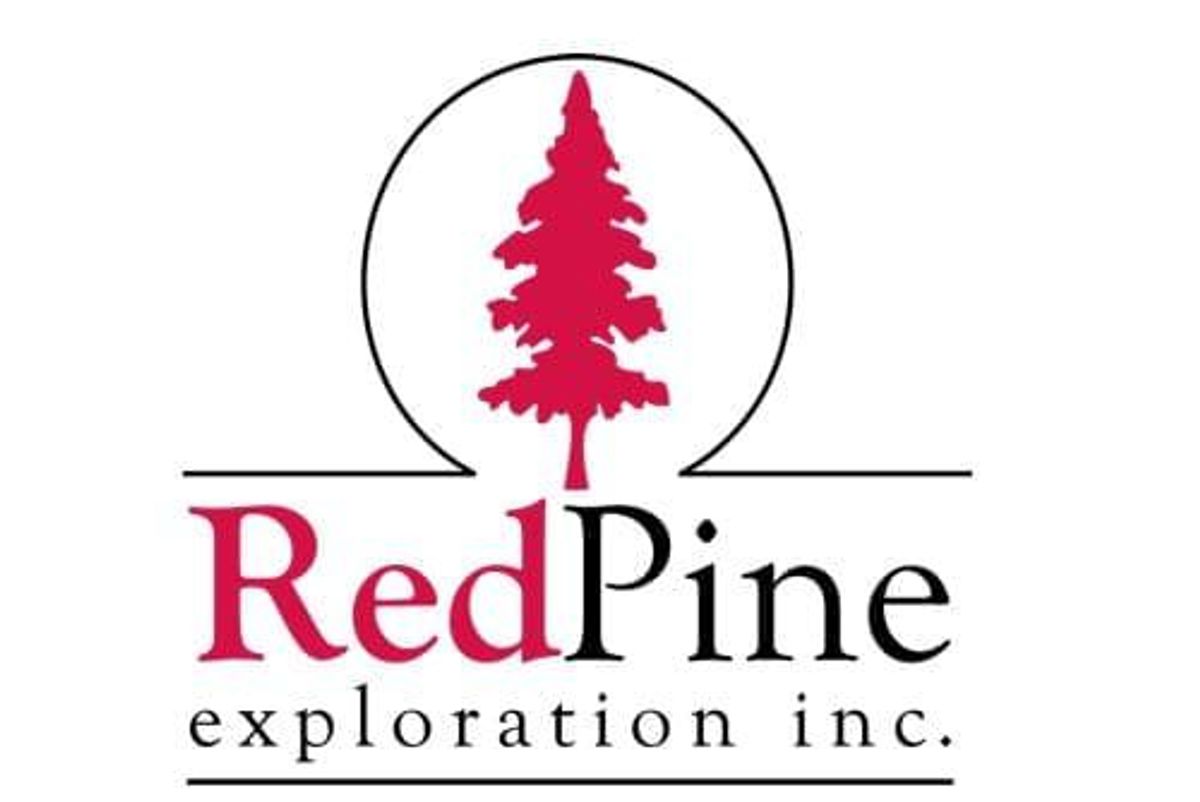
Red Pine Exploration Inc. (TSX-V:RPX) ("Red Pine" or the "Company") is pleased to announce that it has amended the terms of its previously announced "bought deal" private placement to increase the size of the offering to C$7.3 million (the "Upsized Offering").
Under the terms of the Upsized Offering, Haywood Securities Inc. ("Haywood"), as sole underwriter and bookrunner, has agreed to purchase, on a "bought deal" private placement basis, 11,238,000 flow-through shares of the Company (the "FT Shares") at a price of C$0.65 per FT Share, such FT Shares to qualify as "flow-through shares" (within the meaning of subsection 66(15) of the Income Tax Act (Canada)), for aggregate gross proceeds of C$7,304,700.
The Company has granted Haywood an option to purchase up to an additional 15% of the Upsized Offering in FT Shares at the Issue Price (the "Underwriters' Option"), exercisable in whole or in part at any time up to 48 hours prior to the closing date.
Pursuant to the Investor Rights Agreement between the Company and Alamos Gold Inc. ("Alamos") dated December 31, 2019 (please see the news release of the Company dated December 31, 2019 for further information), Alamos has indicated its interest in participating in the Upsized Offering to maintain its 19.9% partially diluted interest in the Company. Any such participation is subject to the receipt of acceptable documentation by the Company and the receipt of all required regulatory and stock exchange approvals. The participation by Alamos, if any, will be a related party transaction under applicable securities laws and any sale of securities to Alamos will only be made in accordance with applicable securities laws and stock exchange rules.
The gross proceeds from the Upsized Offering will be used by the Company to incur eligible "Canadian exploration expenses" that will qualify as "flow-through mining expenditures" as such terms are defined in the Income Tax Act (Canada) (the "Qualifying Expenditures") related to the Company's projects in Canada. All Qualifying Expenditures will be renounced in favour of the subscribers of the FT Shares effective December 31, 2021.
The Upsized Offering is expected to close on or about November 18, 2021 and is subject to certain closing conditions including, but not limited to, the receipt of all necessary approvals including the conditional listing approval of the TSX Venture Exchange and the applicable securities regulatory authorities. The Upsized Offering is being made by way of private placement in Canada. The securities issued under the Upsized Offering will be subject to a hold period in Canada expiring four months and one day from the closing date of the Upsized Offering. The Offering is subject to final acceptance of the TSX Venture Exchange.
In consideration for its services, the Company has agreed to pay Haywood a cash commission equal to 6.0% of the gross proceeds from the Upsized Offering and that number of non-transferable compensation options (the "Compensation Options") as is equal to 6.0% of the aggregate number of FT Shares sold under the Upsized Offering. Each Compensation Option is exercisable to acquire one common share of the Company at a price of C$0.50 for a period of 24 months from the closing date of the Upsized Offering.
The securities offered have not been registered under the U.S. Securities Act of 1933, as amended, and may not be offered or sold in the United States absent registration or an applicable exemption from the registration requirements. This press release shall not constitute an offer to sell or the solicitation of an offer to buy nor shall there be any sale of the securities in any State in which such offer, solicitation or sale would be unlawful.
About Red Pine Exploration Inc.
Red Pine Exploration Inc. is a gold exploration company headquartered in Toronto, Ontario, Canada. The Company's common shares trade on the TSX Venture Exchange under the symbol "RPX".
The Wawa Gold Project is in the Michipicoten greenstone belt of Ontario, a region that has seen major investment by several producers in the last five years. Its land package hosts numerous historic gold mines and is over 6,900 hectares in size. The Company's Chairman of the Board is Paul Martin, the former CEO of Detour Gold. The Board has extensive and diverse experience at such entities as Alamos, Barrick, Generation Mining, Detour Gold and Paramount Gold Nevada Corp. Led by Quentin Yarie, CEO, who has over 25 years of experience in mineral exploration, Red Pine is strengthening its position as a major mineral exploration and development player in the Michipicoten region.
For more information about the Company, visit www.redpineexp.com
Or contact:
Quentin Yarie, President and CEO, (416) 364-7024, qyarie@redpineexp.com
Or
Tara Asfour, Investor Relations Manager, (514) 833-1957 tasfour@redpineexp.com
Neither TSX Venture Exchange nor its Regulation Services Provider (as that term is defined in policies of the TSX Venture Exchange) accepts responsibility for the adequacy or accuracy of this release.
This News Release contains forward-looking statements. In some cases, you can identify forward-looking statements by terminology such as "may", "should", "expects", "plans", "anticipates", "believes", "estimates", "predicts", "potential" or "continue" or the negative of these terms or other comparable terminology. These statements are only predictions and involve known and unknown risks, uncertainties and other factors that may cause our or our industry's actual results, levels of activity, performance or achievements to be materially different from any future results, levels of activity, performance or achievements expressed or implied by these forward-looking statements.
Although the Company believes that the assumptions and factors used in preparing the forward-looking information in this news release are reasonable, undue reliance should not be placed on such information, which only applies as of the date of this news release. The Company disclaims any intention or obligation to update or revise any forward-looking information, whether as a result of new information, future events or otherwise, other than as required by law.

